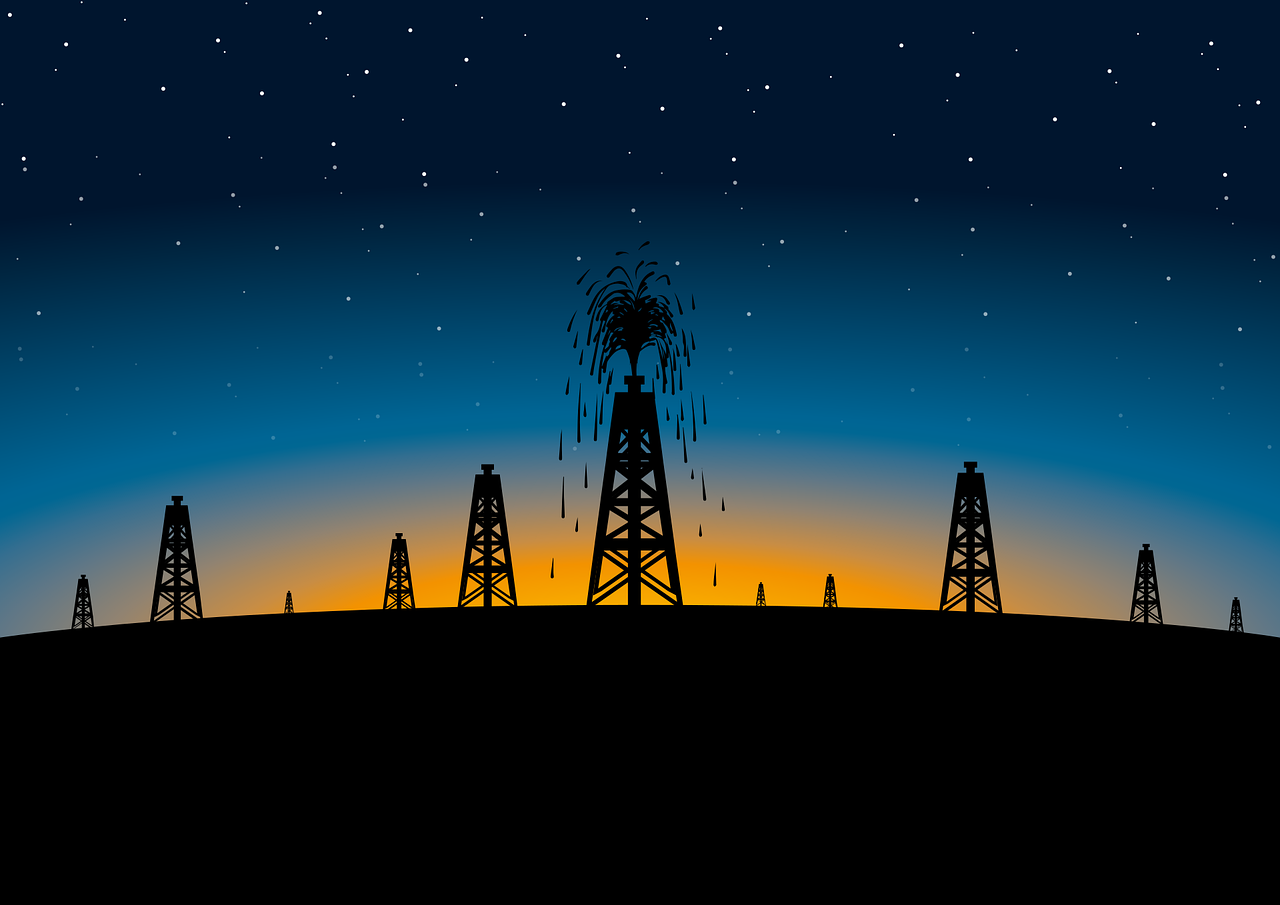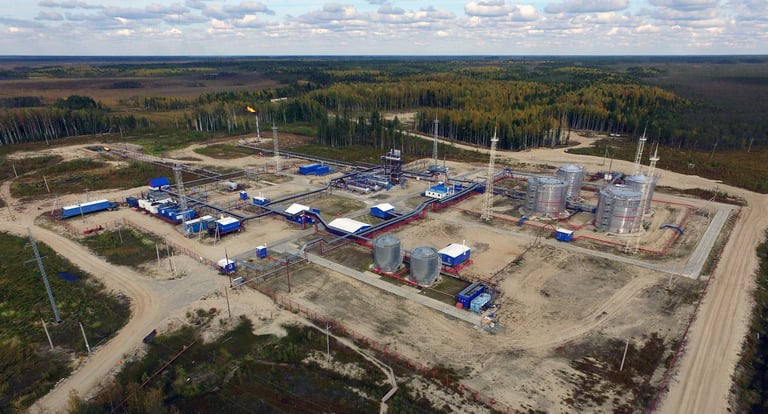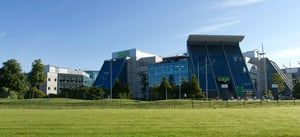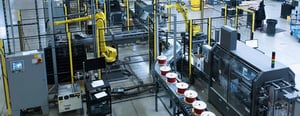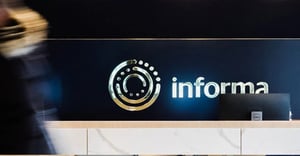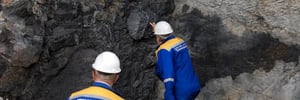PetroNeft Resources plc (LON:PTR) an oil & gas exploration and production company, operating in the Tomsk Oblast, Russian Federation, and 50% owner and operator of Licences 61 and 67, has provided the following extensive operations update covering the full year 2019 and Q1 2020. This information is being provided to update shareholders on operations while we are working towards completion of our audit and publication of the 2019 Annual Report – both having been delayed due to Covid. An extension has been granted by Dublin ESM and London AIM markets.
Highlights
· Licence 61
o 2019 production total 589,165 barrels of oil at an average daily rate of 1,614 bopd. Q1 2020 average daily rate of 1,679 bopd.
o Sibkrayevskoye field connected enabling year-round production, good well performance after six months of continuous production, average daily rate Q1 2020 270 bopd (Q1 2019 279 bopd).
o Mini refinery construction re-started utilizing our own equipment and personnel, completion expected by end of 2020.
· Licence 67
o Following approval by the Russian State Reserves Committee of 19.26 mmbbls of C1+C2 reserves on the Cheremshanskoye field, successfully re-entered, produced and sold 1,200 bbls of oil from the C-4 well during Q1 2020.
o Project and planning work ongoing to enable construction of basic field facilities to ensure year-round production from end of 2020.
o Well re-entry program halted half way through the C3 well re-entry during Q1 2020 due to the combination of low oil price combined with outbreak of Covid-19. C currently evaluating optimum way to re start this program.
· Finance & Corporate
o Continued focus on cost reduction and optimization across the company.
o Due to the effects of the Covid-19 pandemic, the company has been granted an extension to its filing deadline for its Final Results from 30 June 2020 to 30 September 2020
David Sturt, CEO PetroNeft commented:
‘2019 saw PetroNeft implement a cost effective, locally driven, operations programme based on a significant improvement of our understanding of our assets. We have implemented a range of low-cost measures aimed at stabilizing production at existing wells, identifying new opportunities for low cost exploration and development and reducing costs through more effective use of our assets. This has led to some significant wins, which give us further hope for our assets.
Developments in 2020 have hit our industry hard. We are working to manage the impact of Covid, to ensure the safety of our team and the sustainability of our business. We are seeing some recovery but this is fragile and we will maintain our discipline in the weeks and months ahead.’
Licence 61
Production
Gross production from Licence 61 during 2019 was 589,165 bbls (713,603 bbls in 2018) at an average rate of 1,614 bopd (1,955 bopd in 2018) for the year; this represents a 17.4% decline in production. Part of the lower production was due to extensive data acquisition which required shutting in several wells to acquire bottom hole pressure data and injection logging information. This short-term reduction should help to achieve greater results over the lifetime of the field.
As shown in table 1 below the decline rates across our fields vary greatly. Thanks to our intensive data gathering and interpretation project in 2019, we are now better positioned to understand how to allocate resources and investment where they can achieve the greatest economic benefit.
| Field | 2018 | 2019 | Change | % |
| BOPD | BOPD | BOPD | Change | |
| Lineynoye | 703 | 712 | 9 | 1.28% |
| Arbuzovskoye | 1,041 | 772 | -269 | -25.84% |
| Tungolskoye | 108 | 29 | -79 | -73.15% |
| Sibkrayevskoye | 103 | 101 | -2 | -1.94% |
| Kondrashevskoye | 0 | 0 | 0 | 0.00% |
| Total | 1,955 | 1,614 | -341 | -17.40% |
Table 1: Licence 61 daily production rate (bopd) per field for 2018 and 2019.
Gross production from Licence 61 during Q1 2020 was 152,786bbls (172,070bbls in Q1 2019) at an average rate of 1,679 bopd (1,912 bopd in Q1 2019). This represents a 12.2% decline in production or 233 bopd. Over 70% of the decline was attributable to the decline in the A-214 Horizontal well. During Q1 2020 water injection started on Pad 2 of the Arbuzovskoye field, it is anticipated that with this intervention, decline should slow down as reservoir pressure starts to increase.
| Field | Q1 2019 | Q1 2020 | Change BOPD | % Change |
| Lineynoye | 731 | 693 | -38 | -5.20% |
| Arbuzovskoye | 851 | 670 | -181 | -21.27% |
| Tungolskoye | 60 | 32 | -28 | -46.67% |
| Sibkrayevskoye | 270 | 279 | 9 | 3.33% |
| Kondrashevskoye | 0 | 5 | 5 | 0.00% |
| Total | 1,912 | 1,679 | -233 | -12.20% |
Table 2: Licence 61 daily production rate (bopd) per field Q1 2019 versus Q1 2019
Current gross production rate has remained steady at approximately 1,600 bopd so far this year, except for mid-April thru early May when some production was shut-in due to the severe drop in oil prices combined with high Mineral Extraction Tax rates. By shutting down some production the company minimised the amount of oil that had to be produced at a loss. During the first week in May all wells were successfully brought back into production as the price of oil recovered.
Lineynoye & West Lineynoye
Production from the Lineynoye and West Lineynoye fields actually increased year on year by 2.3% and was the result of focusing workover resource on this field through the summer months to ensure we maintained production.
The West Lineynoye wells continued to produce at just under 200 bopd through the year. These wells have now produced at stable rates for 7 years which combined with a consistent less than 5% water cut through this period highlights the potential for further development of this resource. Any further development of this resource will however utilise long offset (1,000m) horizontals rather than the previous 300m horizontal wells. Longer offset horizontal wells are able to drain the reservoir at higher rates and more efficiently, thereby increasing production, lowering development costs and increasing reserve recovery
Arbuzovskoye Field
Arbuzovskoye field production declined by 25.3% through the year which accounted for approximately 80% of the overall Licence 61 decline. The majority of this decline came from one well, the A-214H, which is still producing over 200 bopd. After a review of data gathered during 2019, we identified potential pressure support issues around the southern part of the field. During Q1 2020 we took remedial action by switching one well on this part of the field to water injection to provide pressure support. We are already starting to see the flattening of the decline at the A-214 Hz well, and the adjacent A-215 Hz well has already stabilized.
Sibkrayevskoye Field
This field has historically only been on production during the winter months from the S-373 and S-375s wells through trucking over winter roads. During the winter 2019/20 we successfully connected the field to the main Central Processing Facility enabling year-round production from two wells. The project was completed on time and significantly under budget.
To date the field has been producing for almost six months at very stable rates with gross production Q1 2020 averaging 279 bopd, versus 270 bopd for Q1 2019.
The stable production rates from these wells is very encouraging, providing confidence in the future viability of the full development of this field. Development plans are being reviewed, but will likely focus on the use of 3D seismic data to enable development wells to pinpoint the main Upper Jurassic thick channel systems thereby increasing chances of success. This is a technology that has been used on analogous fields with success within this region for this reservoir section.
Tungolskoye
At Tungolskoye, we continue to evaluate ways of increasing production from this field in the most cost-effective way. Since moving forward with development of this field in 2015, production results have been very disappointing. Following further review in 2019 the decision was taken to switch production to winter only to minimize operational costs as maintaining production through the summer would have required dedicated personnel and work over crew – a cost the production levels could not justify.
Technical studies are ongoing to see if remedial well work such as side-tracking wells, utilization of coiled tubing, or potentially fracking, could improve productivity and thereby enhance drainage of the reservoir.
Mini Refinery
Construction of the mini oil processing facility was halted during Q1 2020 till winter 2021 due to a combination of the fall in the oil price combined with the outbreak of the Covid-19 pandemic. Construction has now re-started using internal resources instead of outside contractors. This is resulting in further cost savings and the new plan is to complete the project before end of 2020.
This is a key project for the company, in 2019 a total of 1,200 tons of fuel was purchased for approximately Rub 70M (approximately US $1.1M), this equates to an operational cost of 2019 of $1.8/bbl. The project once complete, will reduce operational costs by over $1/bbl.
Emtorskaya Prospect
The strong production performance at the Lineynoye field is very encouraging for the future potential of the Emtorskaya prospect, which lies updip and is geologically similar. The original 2020 work program had planned to re-enter and re-test the old Soviet era well No. 300 to test the potential of the Upper Jurassic reservoirs. It was decided due to the combination of very mild winter conditions combined with the low oil prices that this work would be postponed to ensure additional costs were not incurred.
The company is currently re-evaluating all the Emtorskaya prospect data to decide on the next steps forward which may still involve re-entering the old No. 300 well.
Ryder Scott evaluated the prospect and assigned possible resources (P3) of 63.9 million bbls (gross) booked for this structure out of a total Licence 61 exploration resource potential of 405 million bbls (gross)
Licence 67
Following a detailed technical review in 2019 combined with the significant economic advantages of developing such assets in close proximity to infrastructure, we see this licence as holding considerable potential value for the company and will be focused on bringing this licence onto year-round production from the end of 2020.
In 2019 we started a low cost five well re-entry program on the Cheremshanskoye, Ledovoye and Sklonovoye fields and prospects. This well re-entry program successfully started during Q4 2019/Q1 2020 on the C-4 well and was part way through the C-3 well when it was suspended due to a combination of low oil price and Covid-19 pandemic.
Cheremshanskoye Field
During Q1 2019, GKN (Russian State Reserves Committee) approved C1+C2 (approximately equal to International 2P reserves category) reserves for the field of 19.26 million barrels.
The well re-entry program successfully started with re-entry and testing of the C-4 well. Despite very mild winter conditions we were able to test and produce approximately 1,200 barrels of oil which flowed naturally at up to 476 bopd. The pre-drill estimates utilising a down hole pump was 400 bopd so achieving such a high rate under natural flowing conditions was a significant success.
The oil produced was successfully sold for market rates at well head without any transportation costs and achieving the 20% MET discount thereby proving the enhanced commercial value of future production from this field.
Work on the C-3 well re-entry was halted due to the current economic crisis. The lower J-14 interval however was tested and yielded non-commercial quantities of gas and light oil. These results are being integrated into the geological model to decide on the forward steps. We believe that the C-3 well tested a condensate rich gas cap in the J-14 sand. The C-1 well located to the west lies down-dip of the C-3 well and has much better reservoir sands within this same interval. Although the reservoir was tight in the C-3 well, there is potential to frack this reservoir in the future which is a technique applied successfully on an adjacent field with the same reservoir.
The company is now evaluating the optimum way forward for this licence but it is likely to include bringing the Cheremshanskoye field onto year-round production from the end of this year combined with a continuation of the well re-entry program.
Covid-19
PetroNeft prioritises the safety of our staff and our stakeholders in scheduling our operations at this time. All unnecessary travel has been suspended. Operations have been redesigned to ensure that social distancing is incorporated.
Covid 19 significantly impacted on oil markets and on the financial position of all oil companies. PetroNeft has taken further steps to trim our already lean operating model. These moves will help to secure the future viability of the business.
Market Outlook
The prices we receive for our oil sales have improved from their low point in April, but we remain cautious about the potential for further recovery in 2020, however even this recovery has allowed us to re commence certain projects such as the mini oil processing facility.
Cash and gross debt
As of 31 December 2019 and 31 March 2020, the Group’s cash balance was US$0.3 million and US$0.7 million respectively.
In January 2020, the Company placed 107,755,037 ordinary shares at £0.015 per share (58% premium to closing market price) resulting in cash proceeds of US $1.590 million and payables of US$531,000 being converted into ordinary shares.
As of 31 December 2019 and 31 March 2020, the Group’s gross debt was US$4.3 million.
The company has two outstanding debt facilities, a convertible loan note with various related parties and a loan with Petrogrand AB.
(i) The convertible loan facility is for US$1.3 million and carries an interest rate of 8% above the 3-month USD LIBOR rate. Lenders can elect at any time to convert up to 65% of the outstanding loan to shares at a conversion price of US$0.01547 (1.547 cent), this being the five-day weighted average share price prior to execution of the loan facility.
(ii) The second loan facility is with Petrogrand AB. The loan was initially signed 16th January 2018 providing a US$2 million loan facility. This facility was increased to US$2.5 million on 14 February 2019 and was due for repayment in full on 15th December 2019. The company successfully negotiated a one-year extension to the loan facility which included both the loan principal and interest outstanding at that time, with an additional potential second year extension if 20% of the capital is repaid by 15th December 2020. If the conditions on the second one-year extension are met, the interest rate will reduce from LIBOR + 9% to LIBOR +6% in December 2020. The company has been paying interest, on the latest extension on the revised loan amount as it become due from December 2019 onwards.
Capex and Overhead
Through to the end of June 2020, the Group will have expensed US $0.74 million on key infrastructure projects, most notably the mini oil processing facility which will substantially reduce diesel overhead from fiscal 2021 onwards.
The Group continues to actively mitigate the challenges of the current business environment by proactively working with its key suppliers and service partners in managing working capital through securing payment in advance for oil deliveries and extending credit periods on key payables. Combined with an active ongoing overhead reduction programs and the seasonality of its capex programs which are weighted historically to the first quarter of each fiscal year, it is envisaged planned expenditures can be financed from future cash flows.
Delay in Publication of 2019 Annual Report
The Covid-19 pandemic has resulted in lockdowns in all areas where the company operates or has offices. The delay in publication reflects the additional time needed to complete the audit given the associated travel restrictions and delays in fulfilling audit requests.
Accordingly, PetroNeft Resources has requested and received an extension from both the ISE and AIM to its filing deadline for its Final Results from 30 June 2020 to 30 September 2020.


